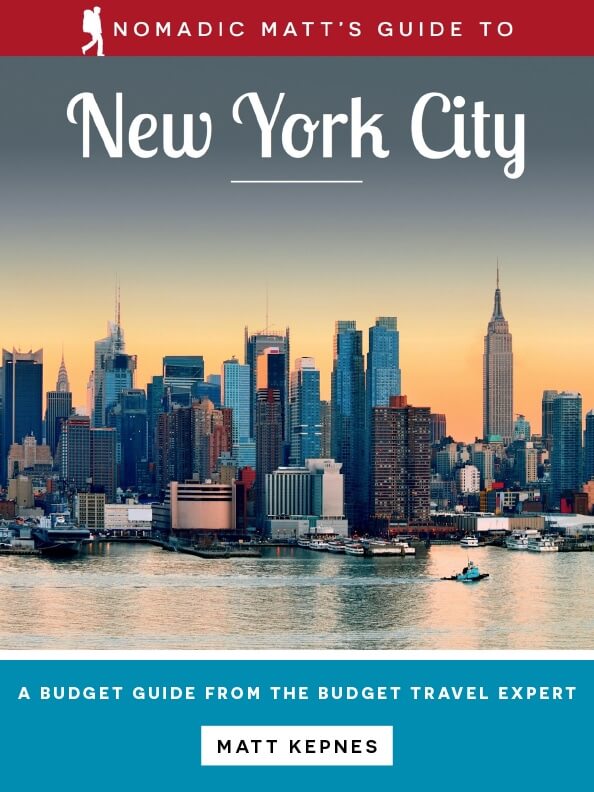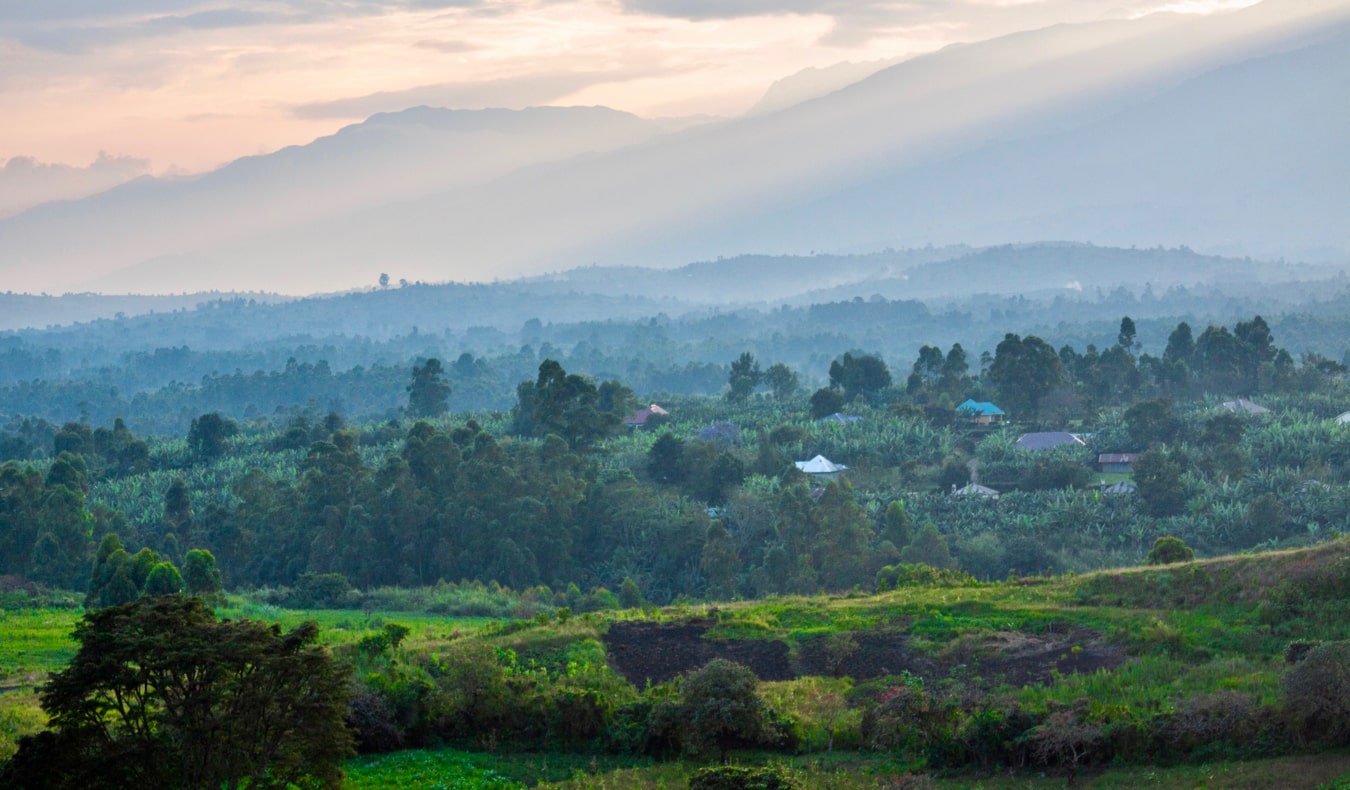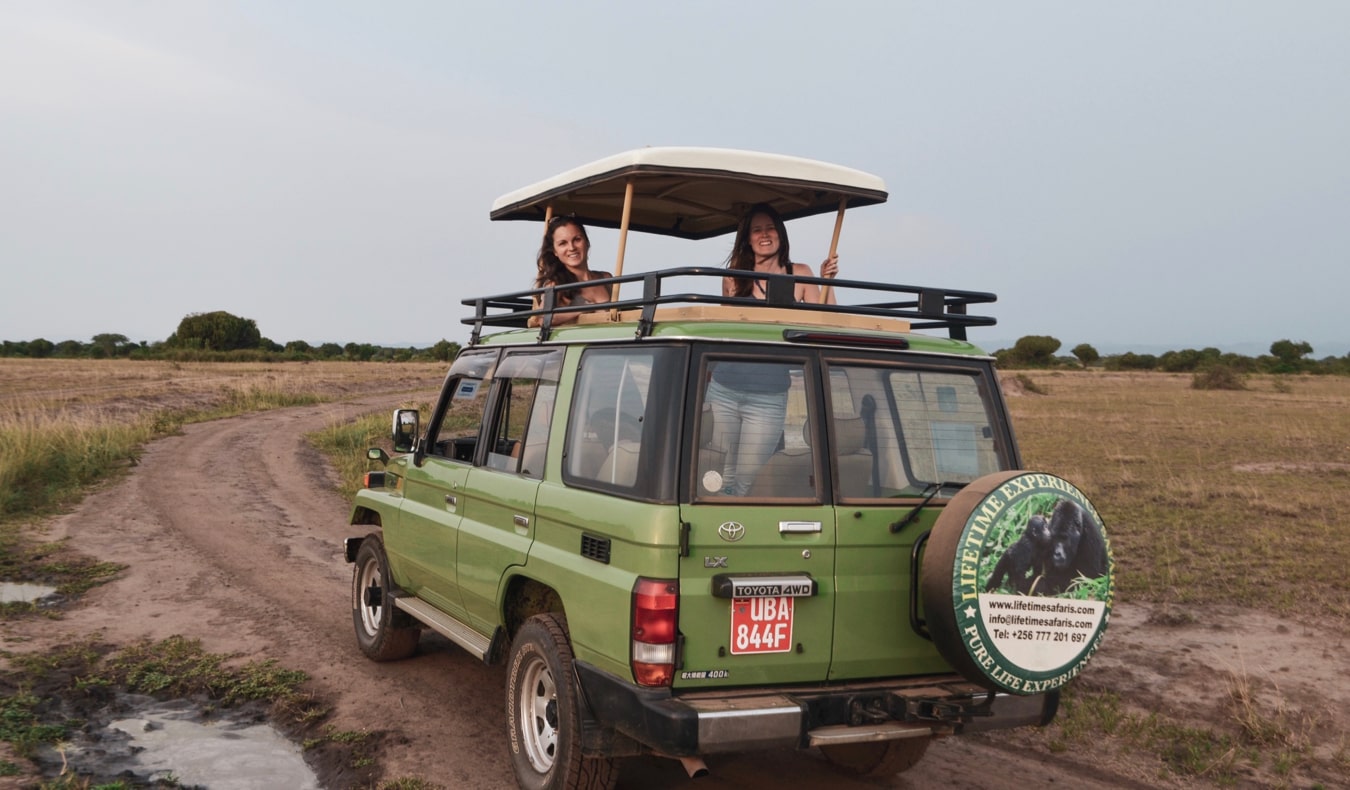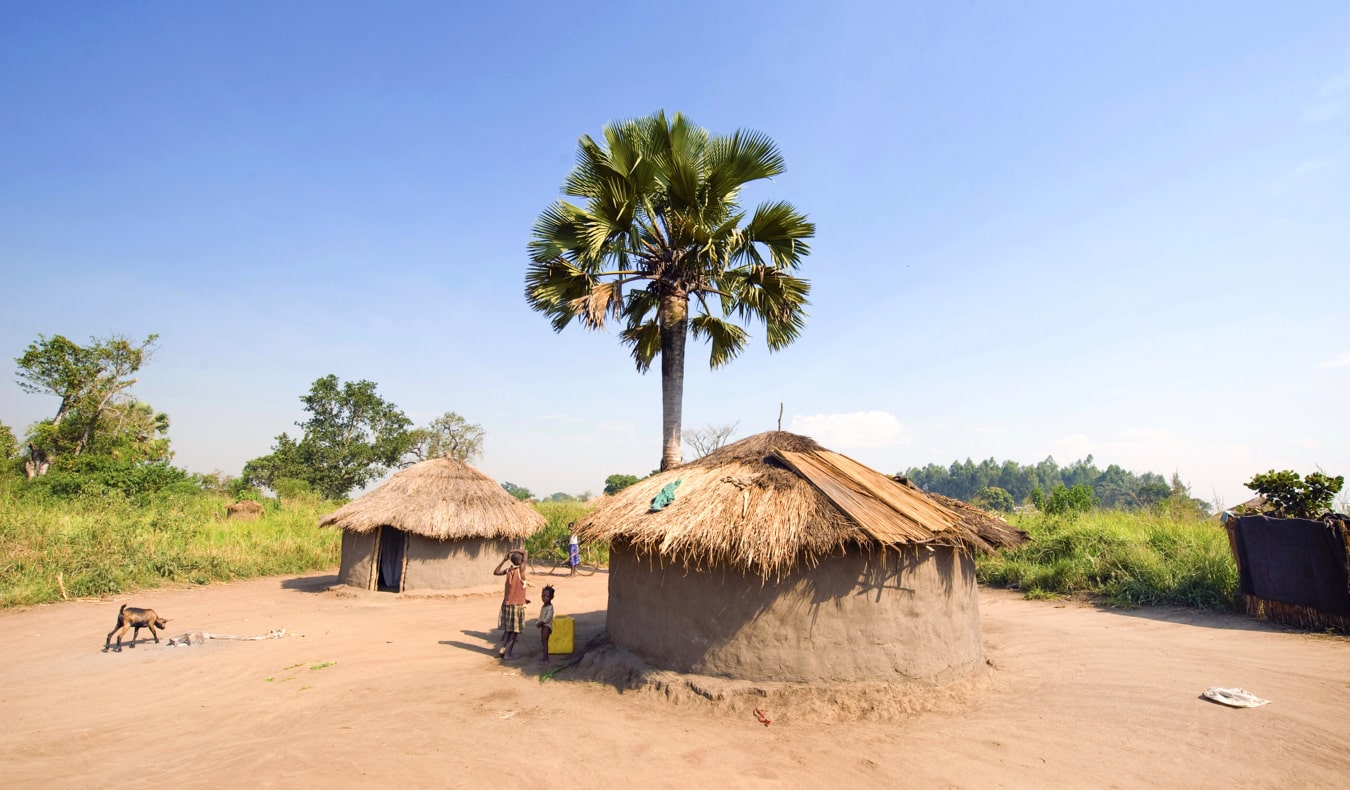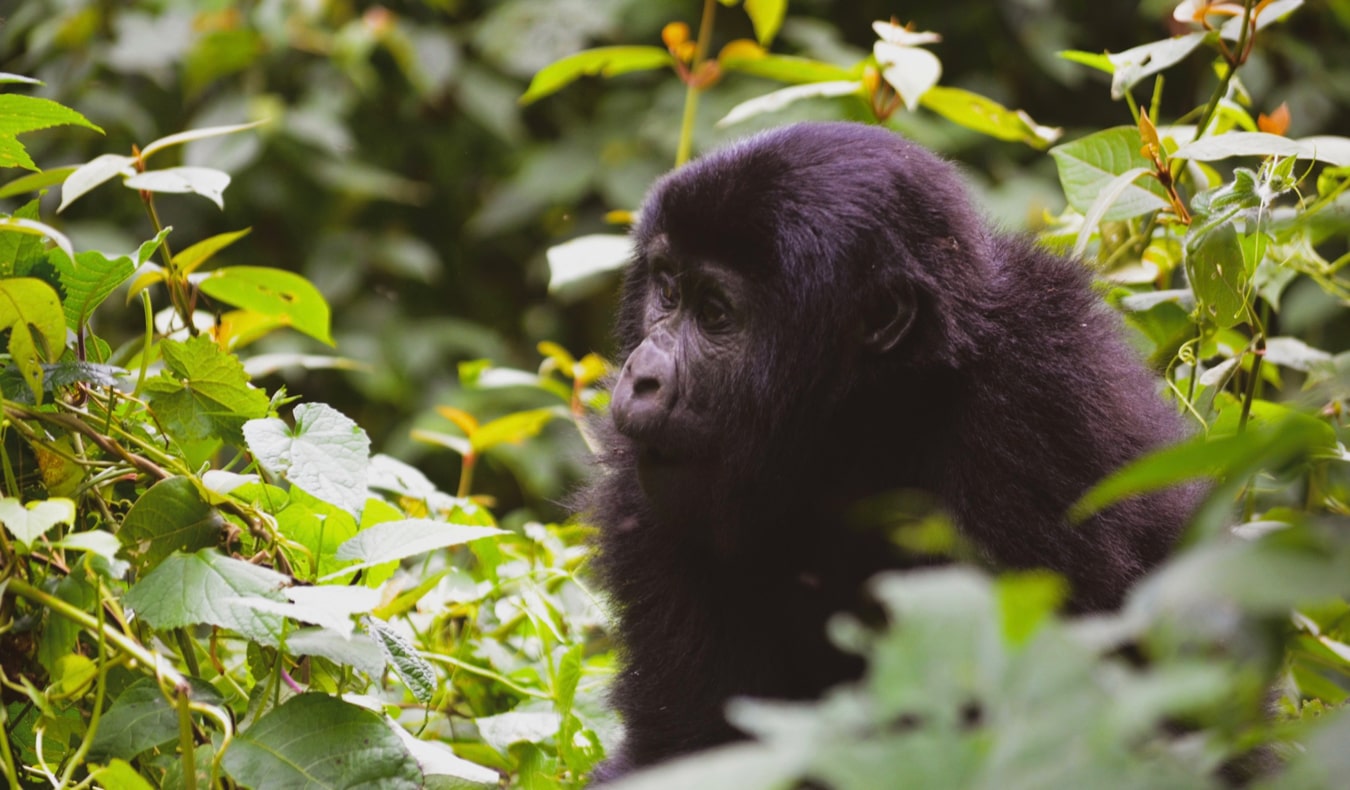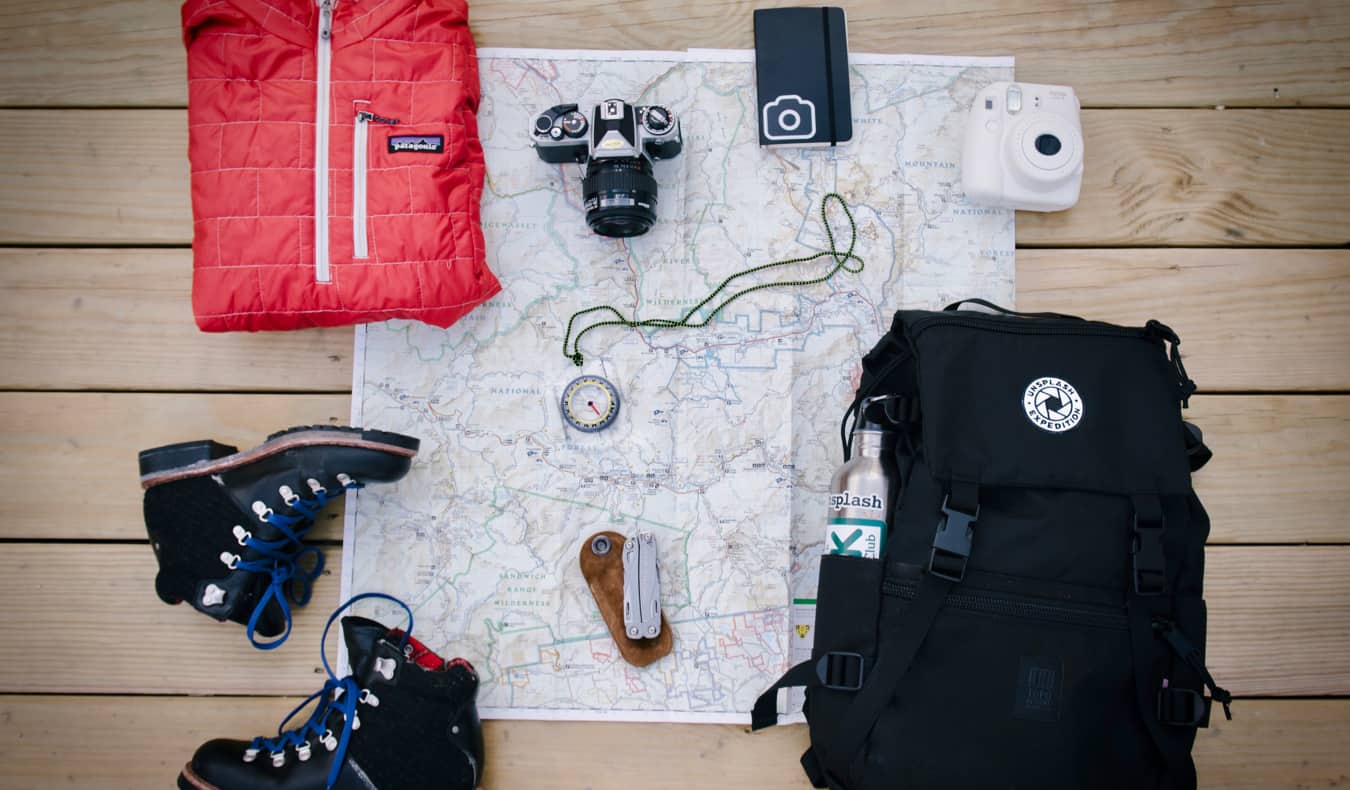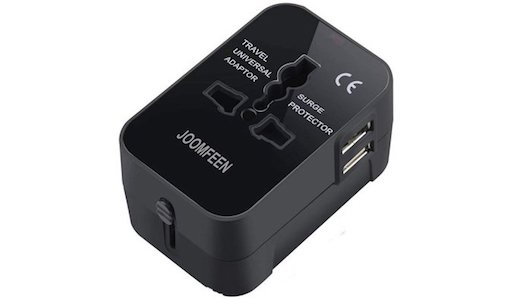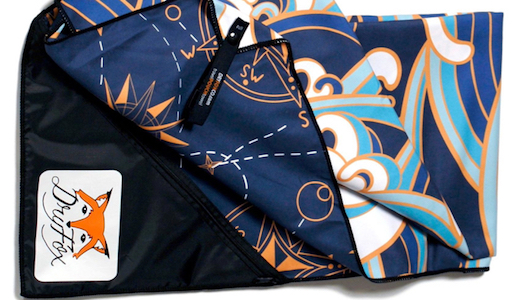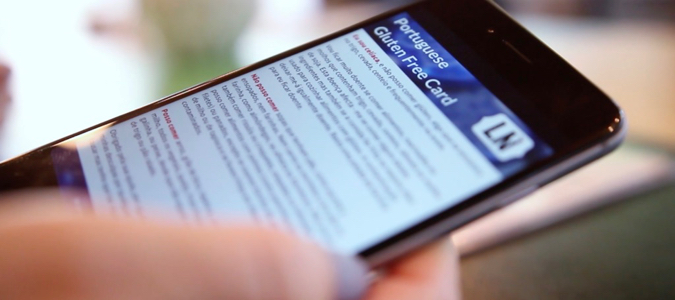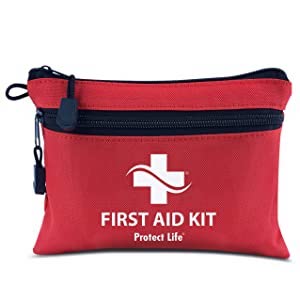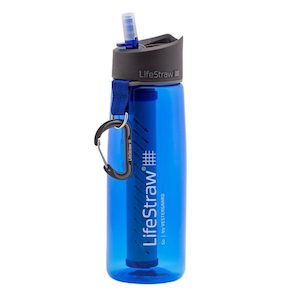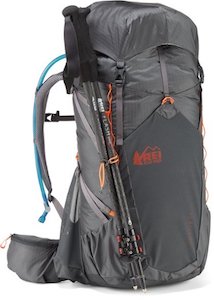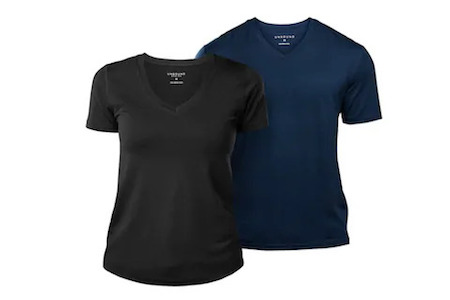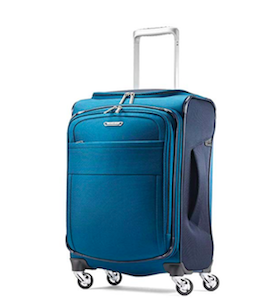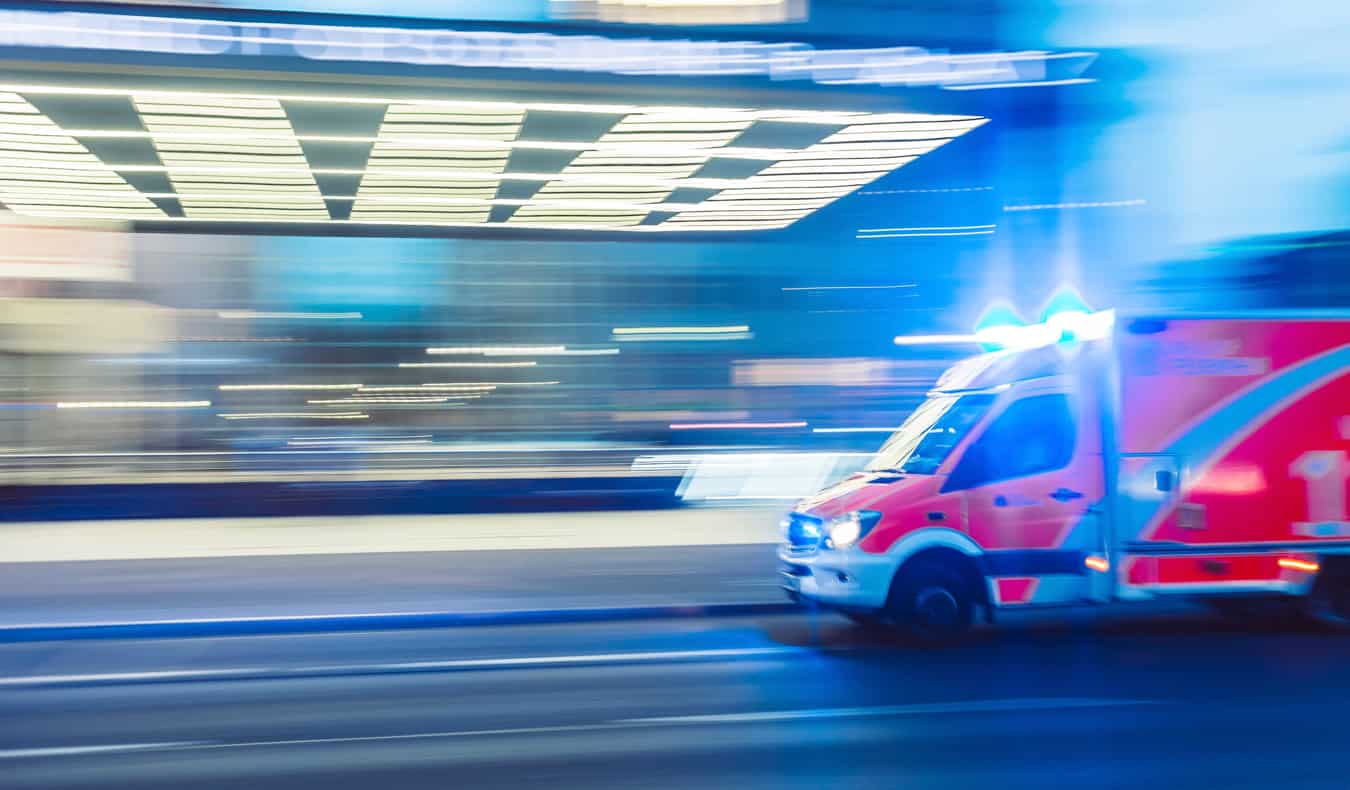
Posted: 9/28/20 | September 28th, 2020
The coronavirus has given us all a wake-up call about what travel insurance does — and does not — cover.
A lot of people assumed that travel insurance covered everything and, at the drop of a hat, would fly you home in an emergency. That incorrect assumption came as a shock to those who, for the first time, are actually reading their policies.
While many travel insurance companies provide evacuation coverage if you get injured overseas (if you meet the plan conditions), they generally are not there to get you home unless there is a specific clause in your policy that warrants such action and a doctor orders it.
And, as many of us have quickly learned, pandemics are often excluded from insurance policies.
Many of the emails I got from people screaming about their insurance policy when the pandemic began were issues related to such policy misunderstandings.
I know travel insurance is a complicated (and boring) topic. I understand it’s not fun to read about or research.
And reading an actual policy can put you to sleep. Most people gloss over it the way we gloss over iTunes user agreements.
But if COVID-19 has taught us travelers anything, it’s that we need to be more familiar with what exactly our travel insurance policy covers. It is literally of life-and-death importance.
Today, I want to provide a more complete picture of what travel insurance actually is — and what scenarios you may or may not be covered for. But use this only as general advice: terms and conditions will differ according to the travel insurance policy and the provider.
I know we’ve addressed this in the past, but it’s always a good time for a refresher, especially in light of COVID-19 and as people begin to start thinking about travel again.
Let’s look at some common questions:
What exactly is travel insurance?
First, travel insurance is emergency coverage. It’s there if you get in trouble and need assistance. Depending on your policy, it provides support (and reimbursement) if you break a bone while hiking, if you lose your luggage, if you get robbed, or if you need to return home due to a death in your immediate family. In short, it’s a financial safety net for emergencies abroad.
However, it is not a substitute for health insurance in your home country. (It’s also not a license to be foolish either, because injuries while stupid or drunk aren’t cover either.)
It’s your emergency lifeline should something bad happen unexpectedly during your travels.
What’s really covered if I’m sick?
Suffering from a recurring, preexisting allergy, or other condition? You’re on your own. Grab some medicine from a pharmacy and ride it out. Preventive or routine care resulting from a preexisting condition is not covered.
Unexpected and/or emergency situations are. Need to go to the hospital? That’s where travel insurance kicks in. Call your insurance provider’s emergency support line and let them know (when you can). They’ll be able to help you with the red tape and make sure you’re taken care of.
You may also need pre-approval of treatment or providers. For that reason, make sure you have the insurance company’s emergency 24-hour hotline saved on your phone before you travel. That way, you or someone with you can call them should the worst happen.
Since you may have to pay for everything upfront and then make an insurance claim to get reimbursed, keep your receipts.
What is covered if I am robbed?
If you’re robbed during your trip, you’ll be able to get compensation for the stolen items (usually not including cash and certain other items), up to a certain per-item amount and total maximum amount. You’ll need to fill out a police report and provide that, as well as documentation for the stolen items, to your insurance company. (If you have any receipts, send those in. I also like to take pictures of my items before I travel to prove I took them along.)
However, don’t expect travel insurance to give you money for the latest iPhone — you’ll either get an equivalent replacement or get reimbursed for the depreciated value of your stolen item. That is, if you bought a camera five years ago for $1000 but it’s only worth $100 now, you’ll get $100.
Since it takes a while for claims to be processed, you’ll likely need to replace your items out of pocket and then make a claim for reimbursement. However, if you cannot make any purchases because your wallet and passport were stolen, you’ll need to contact your insurance provider’s emergency support, as well as the nearest embassy or consulate.
My [insert company] went bankrupt. What’s covered?
If your airline/tour/whatever company goes bankrupt while traveling, you may be able to get reimbursed under the “trip cancellation” or “trip interruption” clause of your plan, depending on the timing of when you purchased your policy and when the bankruptcy occurred. Some insurance policies only reimburse if the travel company has completely ceased services; if there are alternative arrangements available, it may only pay for change fees.
However, in the case of airline bankruptcies, you may need to arrange alternative transportation yourself and pay for it upfront. Then you can submit a claim to have that amount reimbursed.
If you have not yet departed, your “trip cancellation” coverage would come into effect, and you would be reimbursed for what you spent.
While this all seems helpful, keep in mind that there likely are limits on what you can claim. Read the Schedule of Benefits for maximum amounts covered (and specifically for trip interruption and trip cancellation). From my experience, these claims usually reimburse up to the trip, cost with a max of around $5,000–10,000 USD (be sure to check the specifics in your policy), so if you have spent a ton of money on accommodation and new flights, you might not be able to get all of it back. But something is much better than nothing!
My trip was canceled. Can I get a refund on my policy if I didn’t use it?
If you haven’t started your policy or made a claim, you might be able to get a refund. Many companies also offer a “review period” (usually 7–14 days from purchase) during which you can cancel your plan without penalty, though some states don’t have one. If you pay for six months of insurance and need to cancel after one or two months, you’re usually out of luck.
However, if you’re outside of that review period, chances are you won’t be able to cancel your plan. Some companies may be making exceptions due to COVID-19, but you shouldn’t take that as a given. Why? This is just an industry practice. Since travel insurance works in retrospect (you go on your trip, you come home, file a claim, and then get paid) and they have to pay the full amount, you have to pay the full amount of the policy.
I tend to buy my insurance in three-month chunks. That way, I can extend my coverage or let it expire based on how things are going.
But, a caveat: Depending on how preexisting conditions work on your policy, you may not want to do this. For example, you’re not feeling well during one policy. You go to get a COVID test, and while waiting for the results, your policy lapses and you purchase a new plan. Because you showed signs of the disease in a prior policy, it may be considered a preexisting condition in the new policy and thus not be covered.
So keep that in mind when you are buying policies. It’s a risk I personally take — but it might not be good for you.
There’s a pandemic, so I’ve decided to come home to play it safe. Do I get anything?
To be eligible for coverage, your claim has to be based on a covered reason. If you had a policy without a pandemic exclusion, then trip interruption could come into play. But you’ll need to read the fine print before making claim. Getting sick from the pandemic may be covered, but if, say, you decided to rearrange your trip because you’d feel safer at home, that wouldn’t be.
Before you file a claim, you’ll want to first contact the tour companies, hotels, and airlines directly for a refund. Only after that would I make a claim to the insurance company.
Remember, these payouts usually only apply to prepaid, nonrefundable purchases (and in addition, may include one-way airfare home).
If filing a claim, you’ll need to gather all your supporting documents and receipts and submit them for review. It can take weeks (or months) for a claim to be processed, so be prepared for a wait (especially if there is a major crisis, like the COVID-19 pandemic). That means your change of plans will have to be paid out of pocket.
But the government urged citizens to come home and I did!
Depending on your policy, you may be entitled to some benefits. If you have a policy that includes trip interruption, you might be able to submit a claim to cover any nonrefundable purchases (such as flights and tours).
However, the reason why you need to return home is important. Natural disasters, terrorism, political upheaval, and pandemics are all covered differently, so the fine print of your policy is really important here. (Many people didn’t read it, and that was why there were so many issues when COVID struck.)
Your government saying “I think you should come home because of XYZ” is not the same as a government forcing you to return home (which does not exist*). If you’re making the choice to come home in that situation, travel insurance plans aren’t going to cover you. (This was a big issue during COVID and the source of most complaints.)
Circumstances that are not mentioned (outside the exclusion section) are usually not covered.
So it’s important to look at the specifics of your policy to see what is covered.
* Unless there’s you’re being extradited or have been declared persona non grata, but those are unlikely scenarios. Check your policy!
I had to come home and couldn’t reach the airline, so I bought a new ticket.
This was another issue during COVID as people scrambled to get home because of government warnings and border shutdowns. As airlines became overwhelmed and people couldn’t get through, many people bought a second ticket, thinking (incorrectly) it would automatically be covered.
Travel insurance makes you whole; it doesn’t give you extra money. If you’re already traveling, flights can be reimbursed under the trip interruption section of the policy if going home early is a covered event, which usually includes unexpected illnesses, strikes, etc.
However, if your flight is canceled, then the airline is responsible for rescheduling and rebooking. If you buy a second ticket and then submit it for reimbursement through your policy, you’ll be denied.
Moreover, not feeling safe isn’t a covered reason, and the new flight would not be reimbursed.
Can I get ANY coverage related COVID-19?
As many found out the hard way back in March, many travel insurance companies do not cover pandemics. They have been — and continue to be — written out of policies. You won’t get any reimbursement if you decide to cancel your trip because of a government warning due to a pandemic. The only policies that give that kind of blanket coverage are “cancel for any reason” policies. (Insure My Trip is a good place to find those.)
However, some companies, such as World Nomads, Allianz, and Safety Wing, do cover some medical costs. They will help you out if you get COVID or get quarantined by a physician and need medical care related to that.
Moreover, beginning on October 19, 2020, Medjet will be offering transport for members hospitalized with COVID-19 if they are traveling in the contiguous 48 United States, Canada, Mexico, and the Caribbean, to their home hospital.
However, the coverage is just limited to medical care and related costs (though some policies also cover trip cancellation and trip interruption costs if you contract COVID). Be sure to read the specifics in your plan, as there are many caveats and exemptions and you’ll want complete clarity from your provider.
What about my credit card coverage?
Travel credit cards offer limited protection — even the very best ones. Usually, cards offer coverage for items that are lost or stolen; very, very limited medical expenses; and trip cancellation. But there is a big caveat here: these only apply if you booked your trip with that specific card!
I’ve had dozens of travel credit cards over the years. Even if your card does offer some coverage, the limit is often very low. That means you’ll have to pay the difference out of pocket (and you’ll be surprised at just how expensive that can be!).
While it’s nice to have credit card protection as a backup, I wouldn’t rely on it for my primary coverage when abroad.
Travel insurance is a complicated (and boring) topic. But, as we’ve learned over these past few months, it’s worth taking the time to understand — and it’s worth spending the money investing in a plan with a variety of coverage options that keeps you safe and provides you with peace of mind.
I never leave home without travel insurance. You shouldn’t either.
Just be sure to always read the print of the policy you’re buying.
Book Your Trip: Logistical Tips and Tricks
Book Your Flight
Find a cheap flight by using Skyscanner or Momondo. They are my two favorite search engines because they search websites and airlines around the globe so you always know no stone is left unturned.
Book Your Accommodation
You can book your hostel with Hostelworld. If you want to stay elsewhere, use Booking.com as they consistently return the cheapest rates for guesthouses and cheap hotels.
Don’t Forget Travel Insurance
Travel insurance will protect you against illness, injury, theft, and cancellations. It’s comprehensive protection in case anything goes wrong. I never go on a trip without it as I’ve had to use it many times in the past. I’ve been using World Nomads for ten years.
My favorite companies that offer the best service and value are:
- World Nomads (for everyone below 70)
- Insure My Trip (for those over 70)
- Medjet (for additional repatriation coverage)
Looking for the best companies to save money with?
Check out my resource page for the best companies to use when you travel! I list all the ones I use to save money when I travel – and I think will help you too!
The post Travel Insurance, Pandemics, & COVID: What You Need to Know appeared first on Nomadic Matt's Travel Site.
September 28, 2020 at 03:28PM
fom https://ift.tt/30eCdT2
by IHholiday Travel trip










